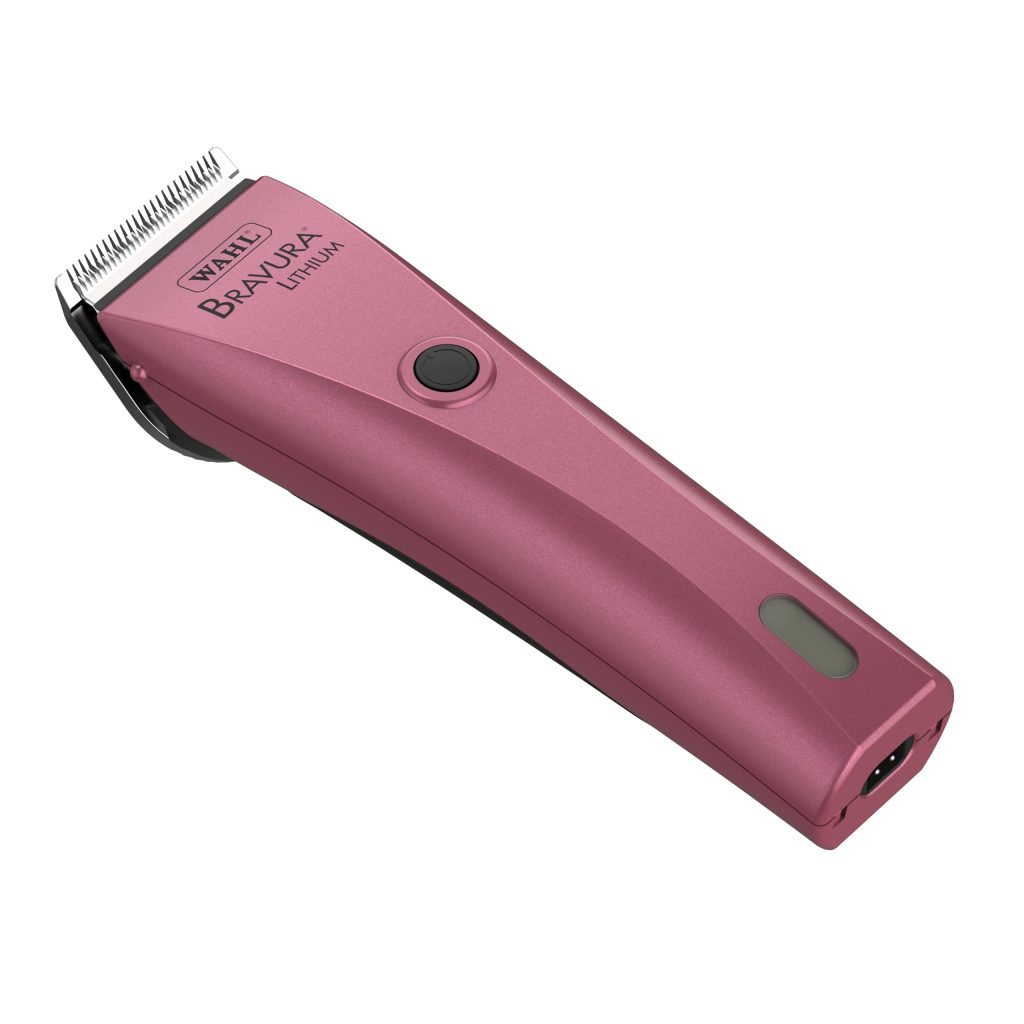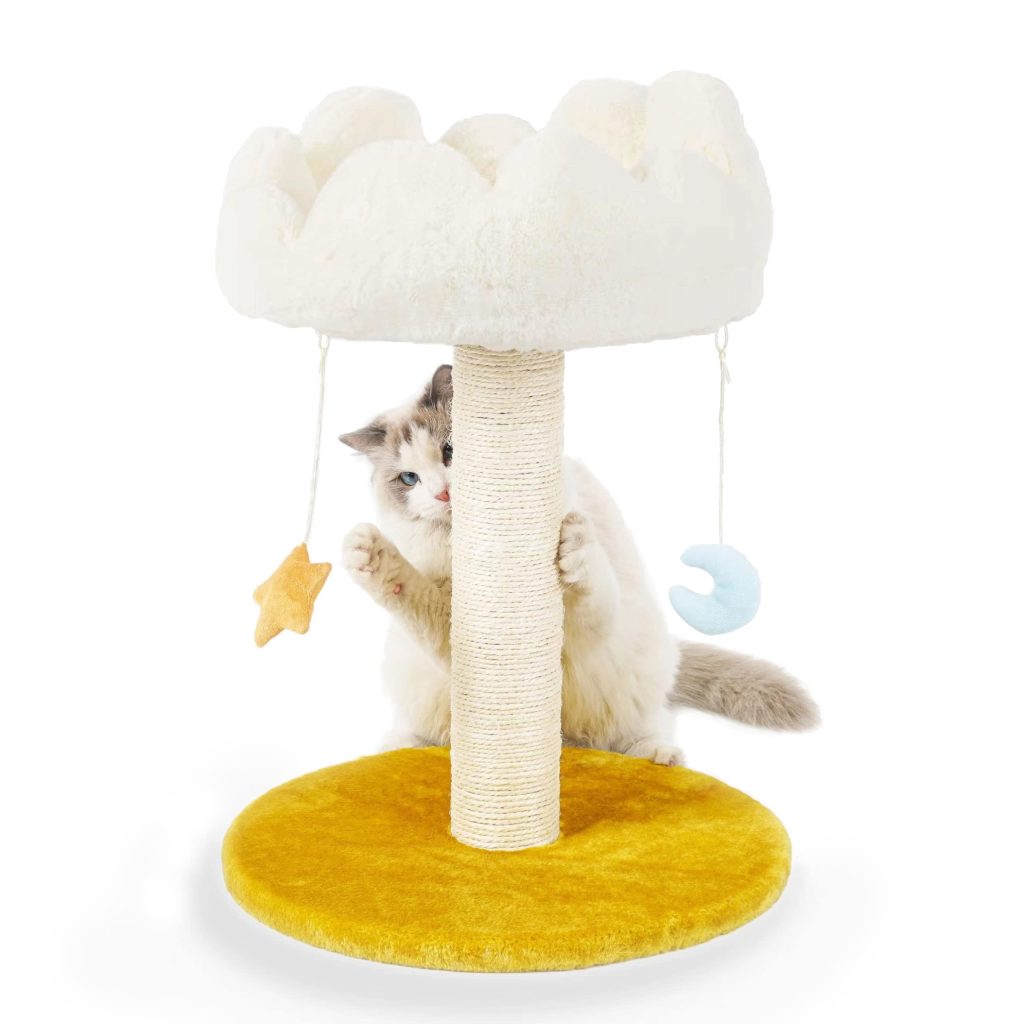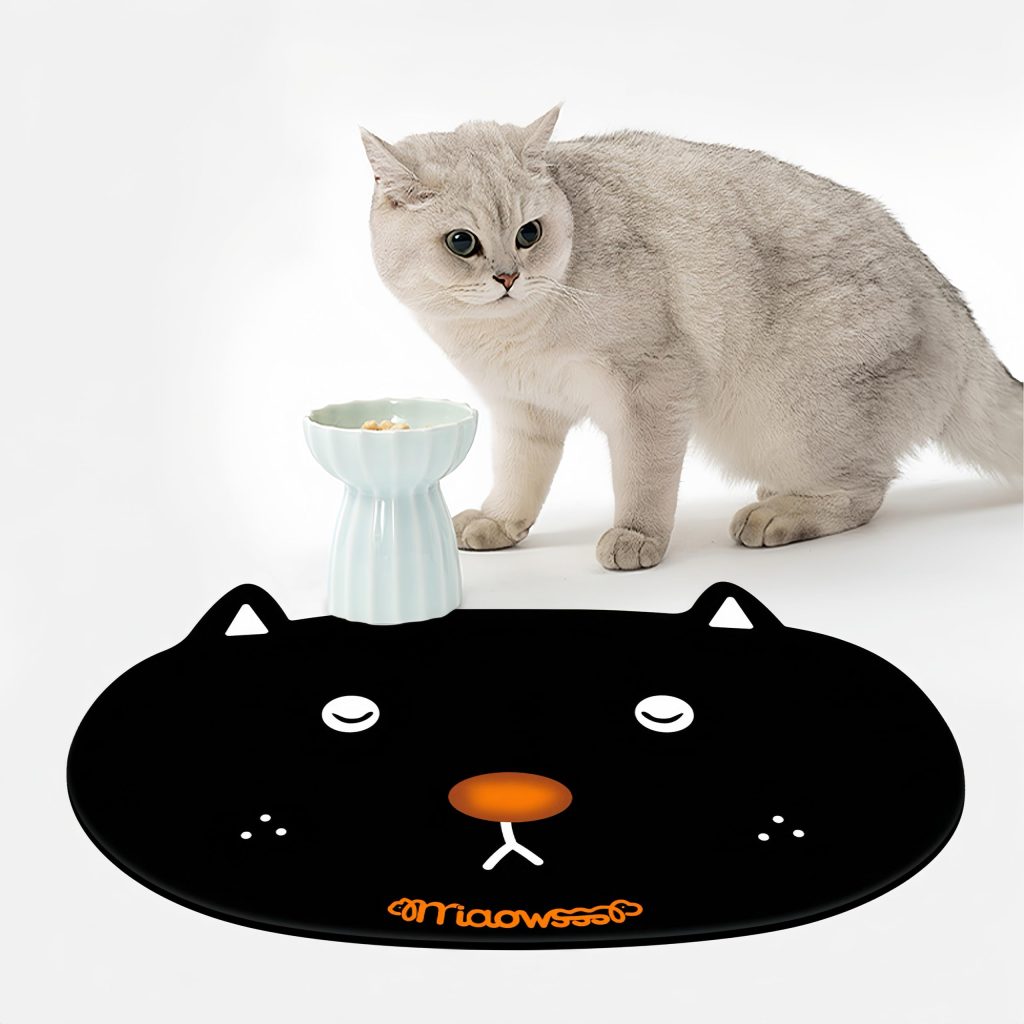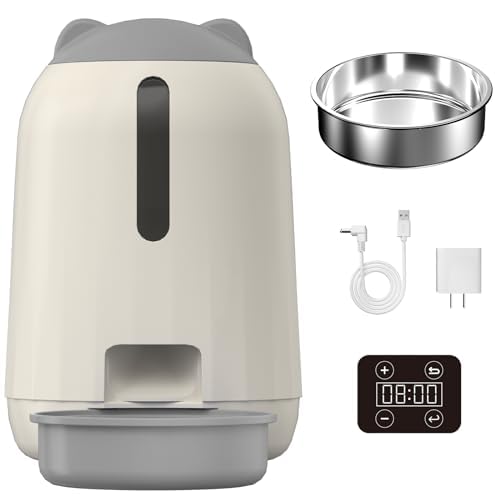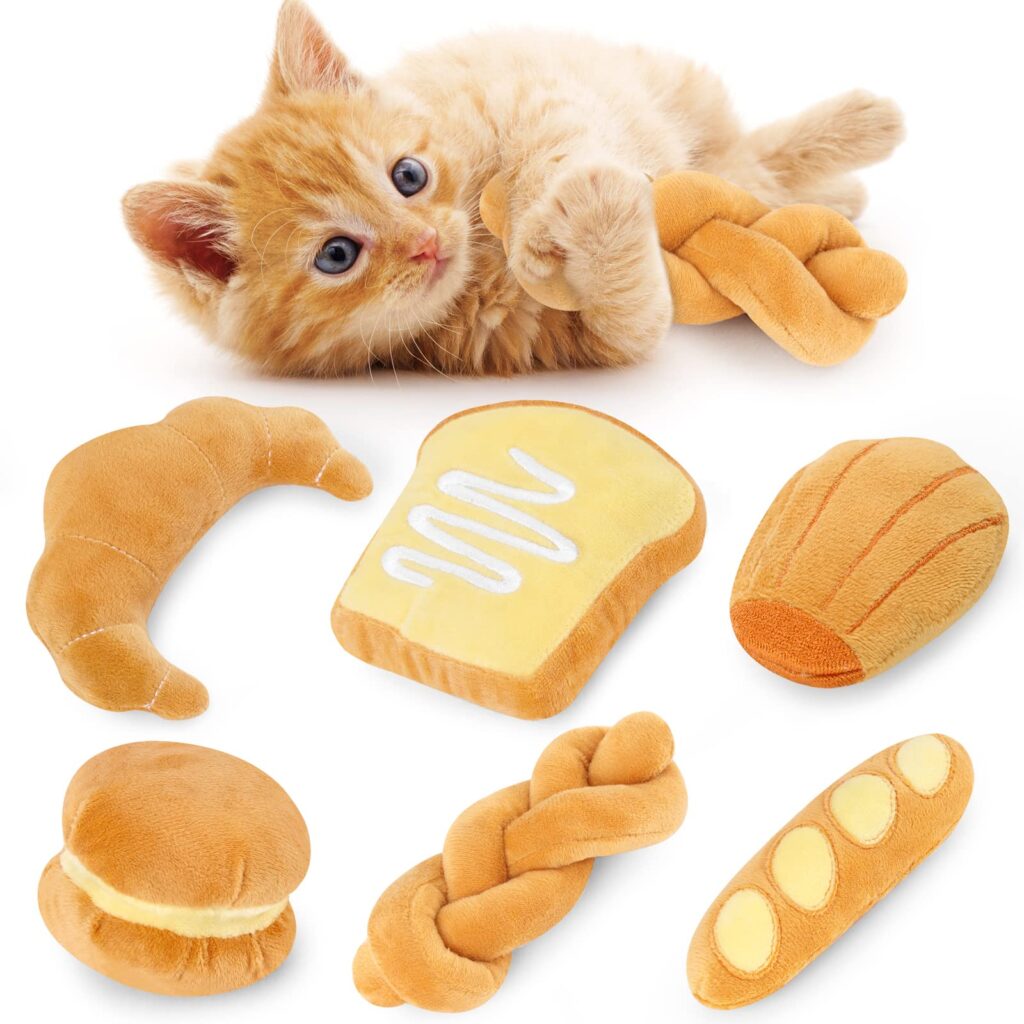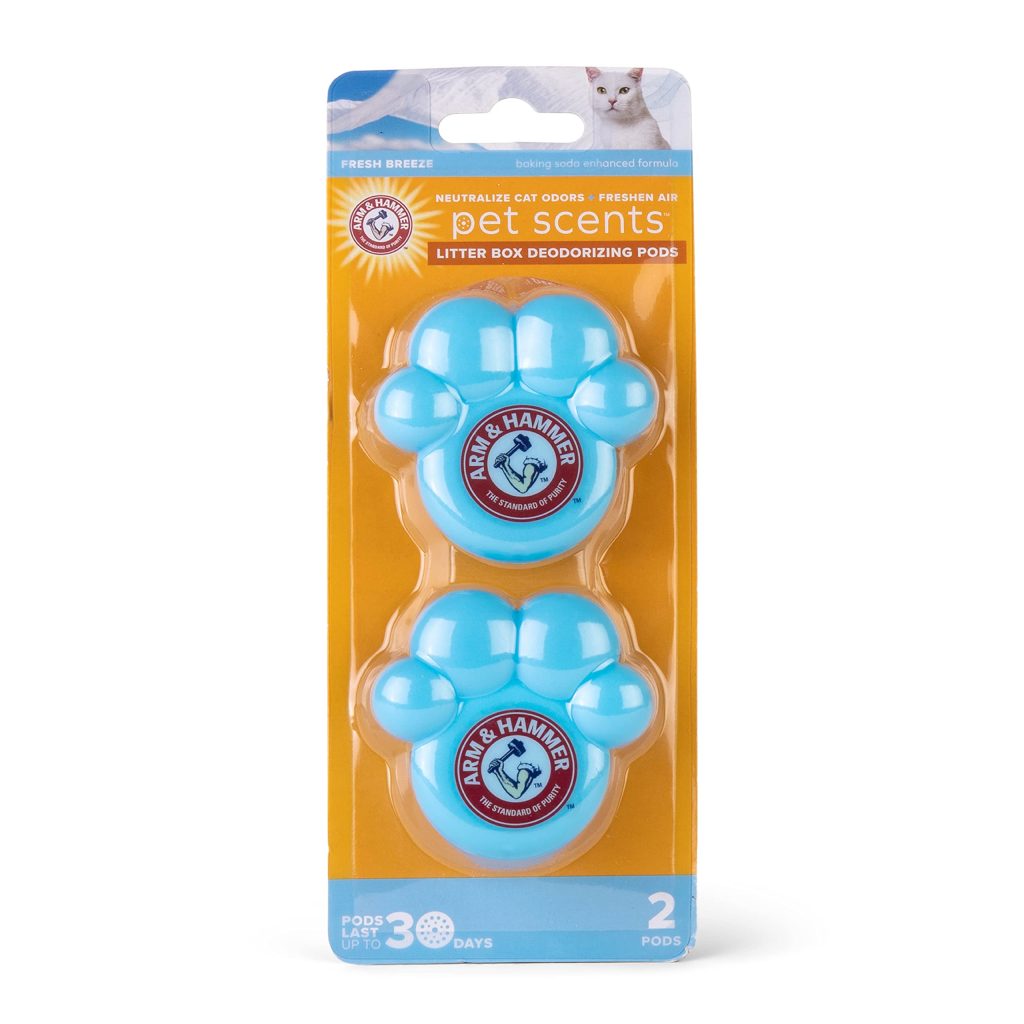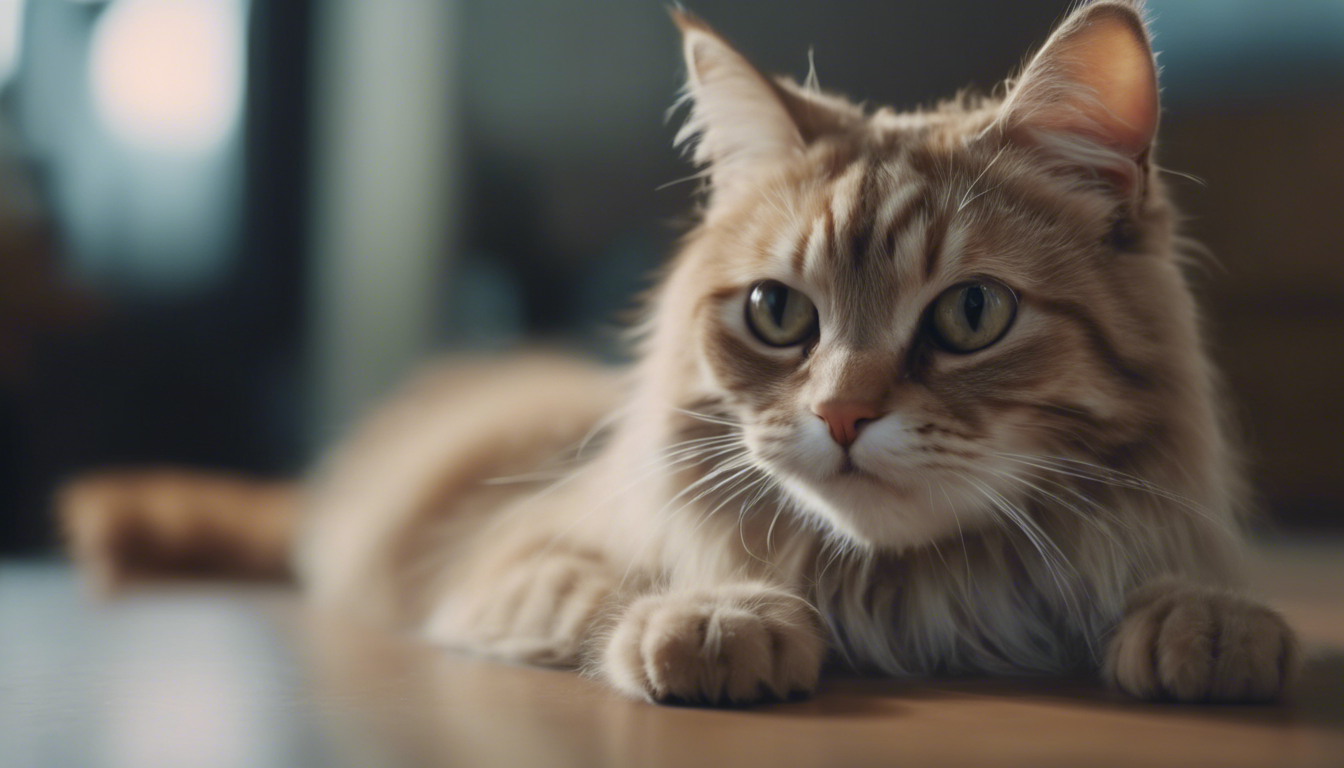
Grooming a cat can be a challenging task, especially when dealing with a feline that has behavioral issues. However, it is essential to prioritize your cat’s grooming needs to promote their well-being and overall health. In this article, we will discuss the essential aspects of feline grooming, focusing on coat care, claw maintenance, and grooming techniques.
Coat Care
A cat’s coat plays a significant role in their overall health and appearance. Regular brushing helps prevent matting, reduces shedding, and stimulates blood circulation. Here are some tips for effective coat care:
- Choose the right brush: Cats have different coat types, such as short hair, long hair, or curly hair. Select a brush this is suitable for your cat’s coat type. For short-haired cats, a fine-toothed comb or a rubber brush will work well. Long-haired cats may require a slicker brush or a wide-toothed comb.
- Start slow and be gentle: If your cat has behavioral issues, they may be sensitive or anxious during grooming sessions. Begin by gently petting or brushing them in areas they enjoy, such as their cheeks or chin. Gradually introduce the brush and work in short sessions to build their tolerance.
- Watch for signs of stress: Cats communicate their discomfort through body language. If your cat starts growling, hissing, or swatting during grooming, it may be a sign that they are stressed or experiencing pain. In such cases, consult a professional groomer or veterinarian for assistance.
- Consider desensitization techniques: If your cat exhibits extreme anxiety during grooming, gradually expose them to grooming tools in a positive and controlled manner. Reward their calm behavior with treats or praise. Desensitization techniques can help your cat become more comfortable with the grooming process over time.
Claw Maintenance
Cats use their claws for various purposes, including self-defense, climbing, and marking territory. Regular claw maintenance helps prevent overgrown claws and reduces the chances of scratching-related issues. Here are some essential tips for claw care:
- Provide scratching posts: Cats have a natural need to scratch. Ensure they have access to appropriate scratching posts or pads. Place them near their favorite resting areas or strategically throughout your home. Encourage your cat to use the scratching post by sprinkling catnip or using interactive toys.
- Trimming the claws: If your cat’s claws grow too long, they can become painful or cause damage. Use a pair of specialized cat nail clippers or human nail clippers with a straight edge to trim the claws. Be cautious not to cut into the quick (the pink area within the claw), which can cause bleeding and pain. If you are uncertain or uncomfortable trimming your cat’s claws, seek assistance from a professional groomer or veterinarian.
- Positive reinforcement: Make claw maintenance a positive experience for your cat. Offer treats or praise after trimming their claws to create a positive association. This not only helps in reducing anxiety but also strengthens the bond between you and your feline friend.
Grooming Techniques
Grooming a cat with behavioral issues may require extra patience and understanding. Here are some grooming techniques to consider:
- The buddy system: Having a trusted friend or family member around during grooming sessions can help keep your cat calm and provide assistance if needed.
- Distracting with treats: Use treats or food puzzles to keep your cat engaged and distracted during grooming. Their focus on the treats can reduce their anxiety and make the process more tolerable.
- Think professional grooming: If your cat’s behavioral issues persist or grooming becomes too difficult, think seeking professional grooming services. Professional groomers have experience dealing with challenging cats and can provide the necessary care while ensuring your cat’s comfort and safety.
Remember, grooming your cat is not only about maintaining their physical appearance. It’s a way to promote their well-being and health. Tailor grooming sessions to suit your cat’s needs and abilities, helping them feel comfortable and appreciated. By implementing these tips and techniques, you can overcome the challenges of grooming a cat with behavioral issues and provide them with the care they deserve.
